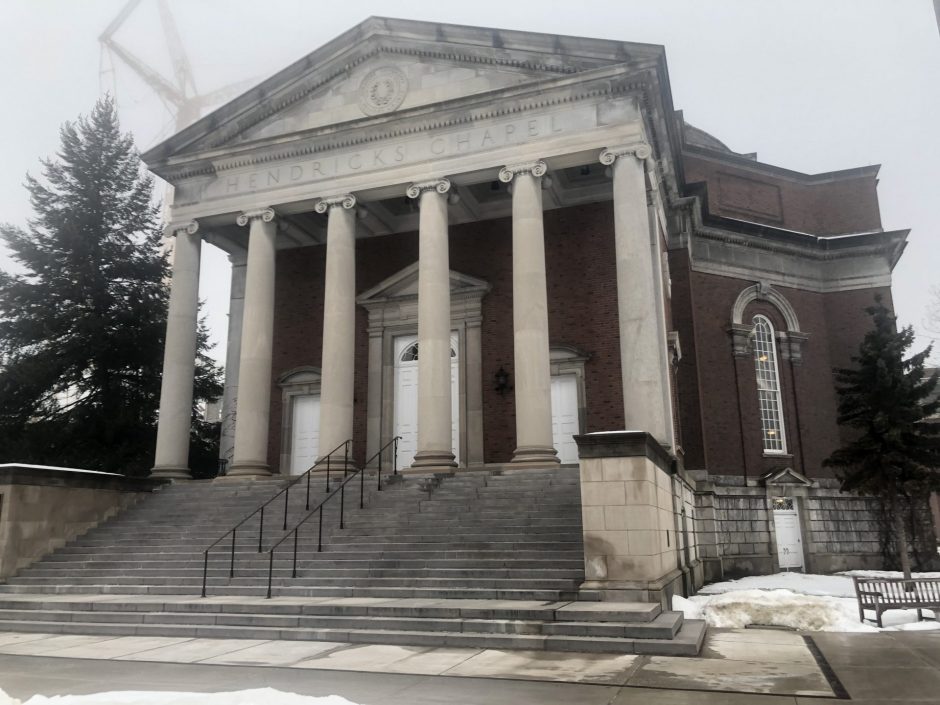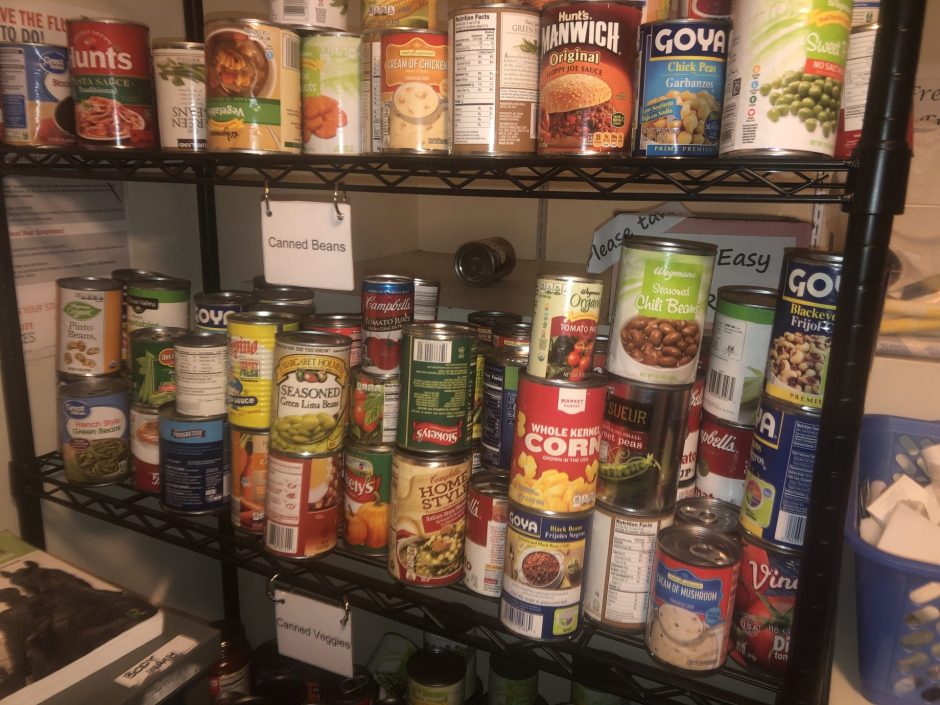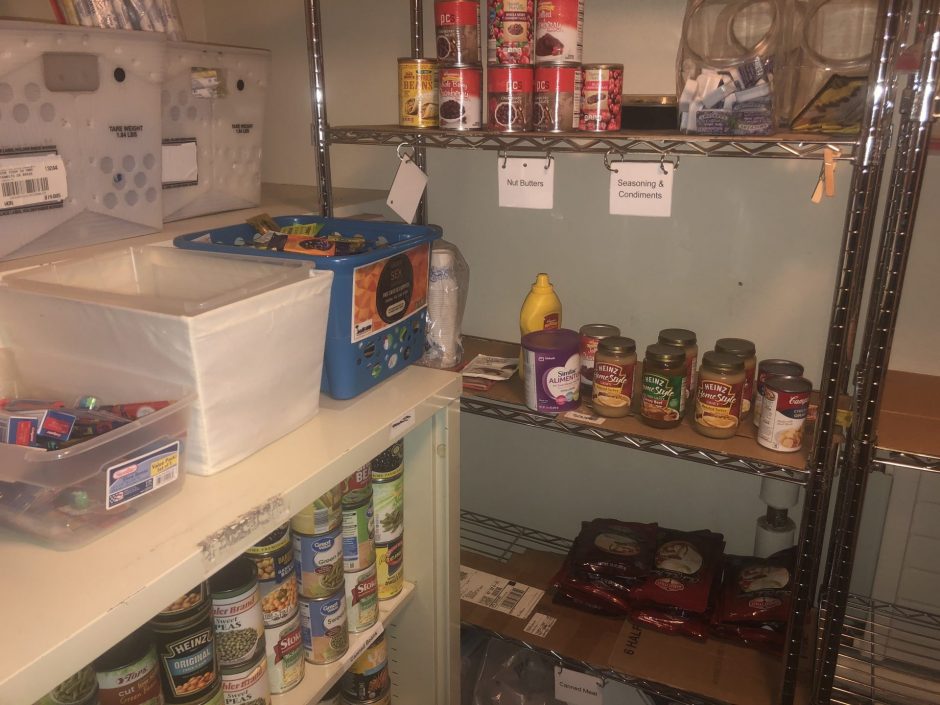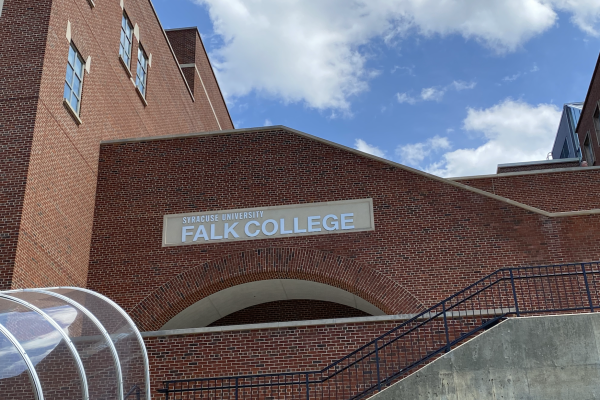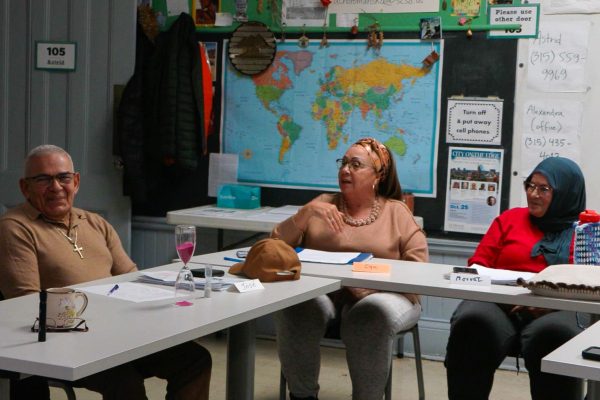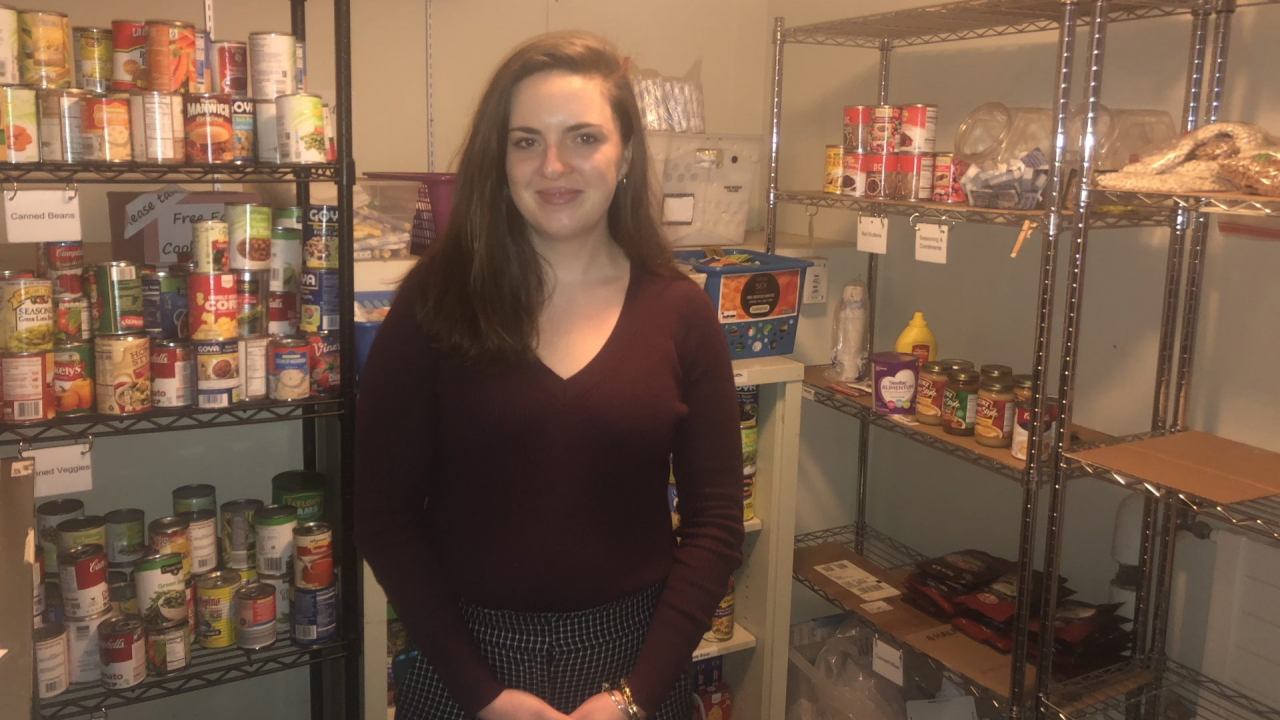
SYRACUSE, N.Y. (NCC News) — While some Syracuse University students are frequent patrons of the campus food pantry, others may be less aware – or even unaware – of the pantry’s work, and its role in fighting food insecurity on campus.
“Something that distinguishes us from other local pantries is that we don’t ask any questions. We don’t judge based on looks – whoever comes to us, we help serve,” said Hendrick’s Chapel Communications Specialist Delaney Vanwey. “I think that’s really important on a campus, when you’re also trying to eliminate the stigma around, maybe, asking for help.”
This school year, the pantry has worked to expand through a variety of efforts, including the creation of a second location on South Campus, a community garden, and new donation opportunities like the Rent-A-Month program, which allows a student organization or group to stock the pantry for a month. Vanwey said she hopes these efforts will encourage more students to not only donate to the food pantry, but to utilize it as well.
“We are working on engaging the community, to educate them more about [food insecurity] through interviews, and the media,” said Vanwey. “The best part is that every cent is going to help students who use the pantry.”

